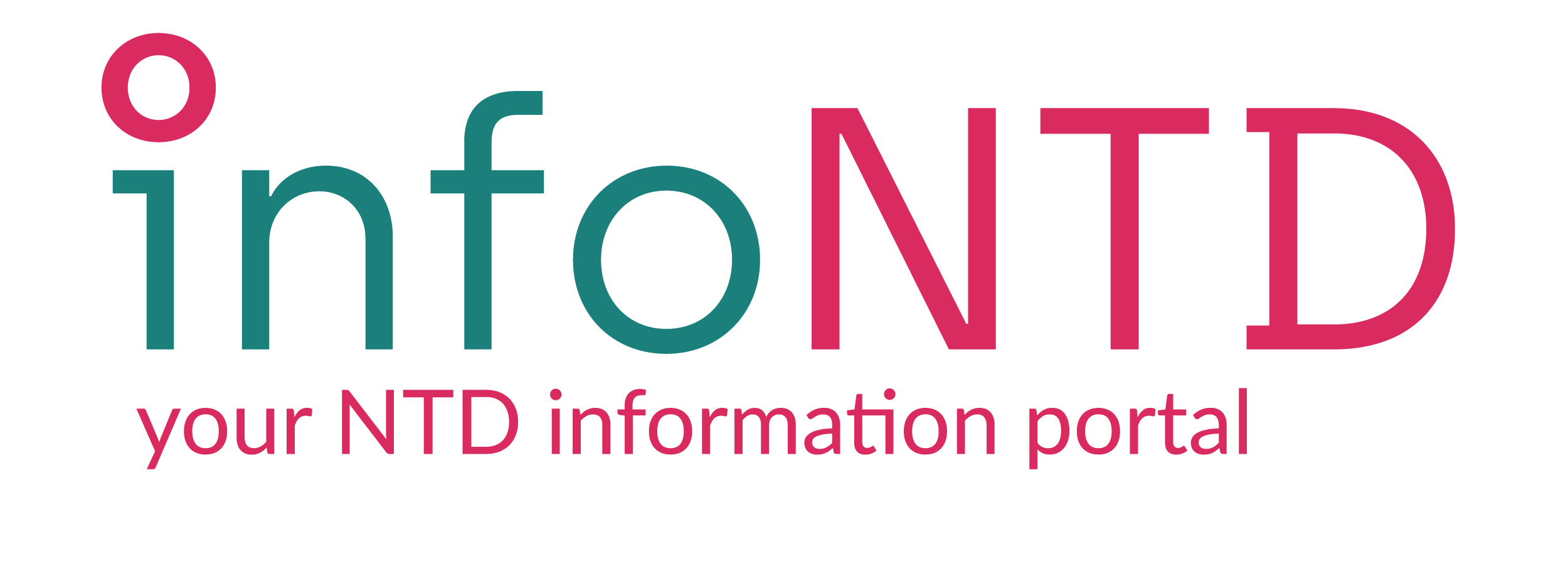Clinico-Epidemiological Profile of Leprosy Cases in Post-Elimination, Post Covid Era at a Tertiary Care Center
Background: Leprosy continues to be a public health problem despite elimination from India in December 2005 with around 60% cases being reported from India globally. The covid pandemic has additionally disrupted case detection and treatment leading to under-reporting. The current study aims to get insights into the clinical and epidemiological profile of leprosy in post covid era at a tertiary care center.
Methods: A retrospective observational study of all patients visiting leprosy clinic of dermatology department of NSCB Medical College, Jabalpur, MP over 1-year period from May 2022 to April 2023. Data regarding clinical and epidemiological characteristics were collected from patients’ records and tabulated and analyzed using appropriate statistical methods.
Results: A total of 119 patients visited the leprosy clinic during the study period. Maximum patients belonged to age group 20-40 years (49.6%). There were 81 males and 38 females with male female ratio of 2.1:1. Most common clinical type of leprosy was lepromatous leprosy (LL) (40.3%) followed by borderline tuberculoid (BT) (26.9%). Nerves were involved in all patients with ulnar nerve being the most common (71.4%). Lepra reactions were noted in 13.6%, grade-2 disability 50.4%, deformity -ulcer 37% of cases. PCR test for detecting M. leprae DNA was positive in 91.6% cases.
Conclusion: Our findings highlight the need for increasing leprosy case detection and early treatment through community based approaches as there in increased burden of lepromatous cases and disability patients post the covid pandemic phase due to compromised case reporting during lockdown. Also molecular diagnosis like PCR should be widely utilized for leprosy.

 infontd
infontd